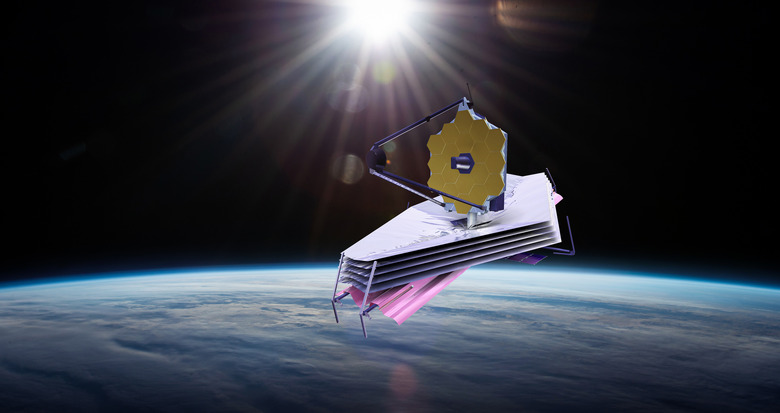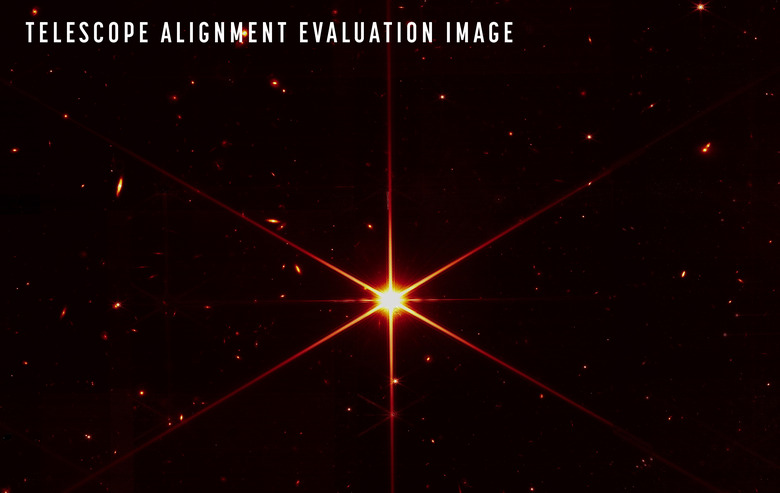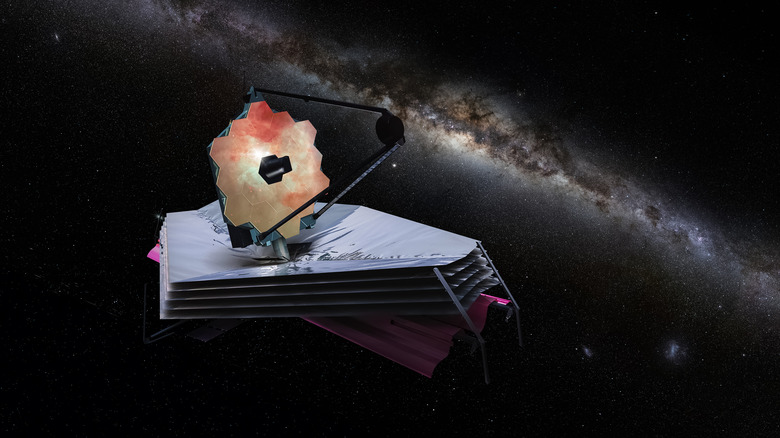NASA Reveals Targets Of First James Webb Telescope Images
Space lovers have been waiting on the edge of their seats since the James Webb space telescope launched last year. Once the upgraded telescope reached its final destination, the wait became even more difficult. Now, months after the first adjustments to the instruments began, NASA is finally gearing up to show off the first James Webb images.
To really amp up the hype, the space agency shared a list of targets used during these first observations.
How NASA chose its targets
NASA shared the list earlier today, citing five different celestial objects that they used James Webb to observe. The cosmic objects are officially the first targets for the latest telescope that NASA launched. And, the release of these first James Webb images will mark the beginning of the telescope's scientific operations, NASA says.
As such, finding some good targets was no doubt a priority for the James Webb team. NASA says that the targets were all chosen by an international committee of representatives from NASA, ESA, CSA, and the Space Telescope Science Institute. It didn't say what made these objects special enough to observe, but they should help showcase the amount of detail James Webb is capable of capturing.
NASA targeted these objects for the first James Webb images
First up on the list of objects targeted for the first James Webb images is the Carina Nebula. One of the largest and brightest nebulae in the sky, the Carina Nebula is located 7,600 light-years away from Earth. It's home to many massive stars, NASA says, and is several times larger than our Sun.
Next up is WASP-96 b (spectrum). We discovered this giant planet outside of our solar system. It's mostly made up of gas. It's around 1,150 light-years from Earth and orbits its star every 3.4 days. It is around half the mass of Jupiter. It was first discovered in 2014.
The third object targeted for the first James Webb images is the Southern Ring Nebula. Also known as the "Eight-Burst" nebula, this planetary nebula is roughly 2,000 light-years away from the Earth. It's an ever-expanding cloud of gas that surrounds a dying star and is nearly half a light-year in diameter.
Finally, we have the last two targeted objects, Stephan's Quintet and SMACS 0723. Stephan's Quintet is roughly 290 million light-years away, located within the constellation Pegasus. It's most notable because it was the first compact galaxy group ever discovered all the way back in 1877. Four of the five galaxies within it are locked in a cosmic dance of close encounters.
Of course, we can't forget SMACS 0723, either. As the final target for the first James Webb images, SMACS 0723 is an interesting choice. This massive galaxy cluster is known because of the foreground clusters that magnify and distort light behind them. This creates a deep and detailed view into the extremely distant and faint galaxies beyond.


